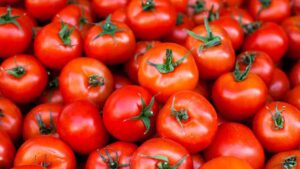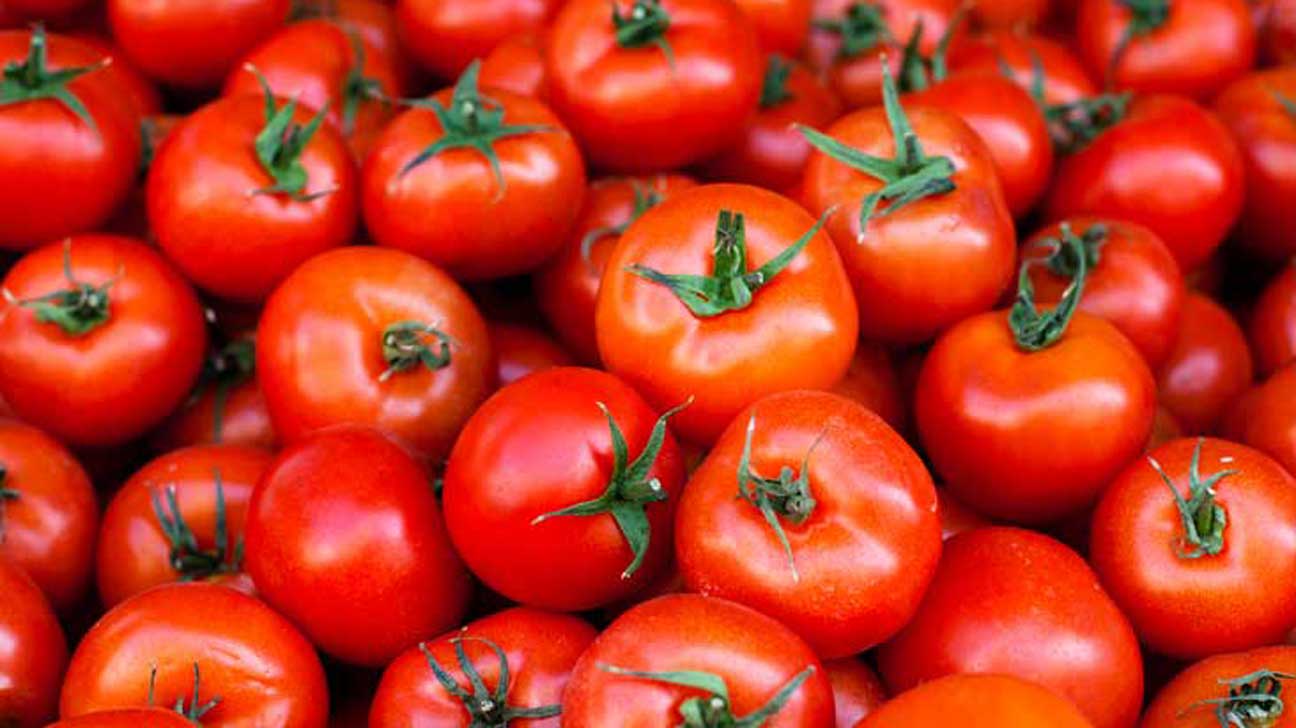Tomato prices are hitting record highs in July 2025 across India. But is it just supply issues or something more? Here’s the inside story that explains the real reason behind the surge.
You walk into your neighborhood market, and suddenly tomatoes feel more premium than apples. With prices soaring beyond ₹150/kg in some cities, Indian households are asking: “Why are tomatoes still so expensive?”
We dug deeper — and what we found might surprise you.
🔍 1. Blame the Weather – But Not Entirely
Yes, unpredictable rains and heatwaves in Maharashtra, Karnataka, and Andhra have impacted the crop cycle. But here’s the twist:
Only 30% of the price surge is due to weather-related disruption.
The rest? Keep reading.
🧑🌾 2. Farmer Exodus from Tomato Farming
Rising fertilizer costs and repeated losses last year forced many farmers to shift to cash crops like cotton and soybean.
Less production = Higher demand = 💸 Price spike.
🗣️ “We couldn’t even recover input costs last year,” says Raju, a farmer from Anantapur.
🚚 3. Supply Chain Bottlenecks
Tomatoes are perishable. A single delay in transport = tonnes of wastage.
With transport unions on partial strike in parts of North India this July, delivery chains are disrupted.
🕵️♀️ 4. Middlemen & Hoarding
In many mandis, middlemen are hoarding stock, creating artificial scarcity.
❗️Fact: A RTI query in Pune revealed that over 300 tonnes of tomatoes were held back from the market in the first week of July.
🧮 5. Demand Surges on Platforms Like Swiggy & Blinkit
Urban delivery apps have seen a 20% increase in tomato orders due to sudden stockouts in local stores.
Online demand pushes prices further up — especially in Delhi NCR and Bengaluru.
🧠 So, What Can You Do?
-
Buy from local sabzi mandis early morning.
-
Switch to tomato puree or canned tomatoes (prices haven’t risen yet).
-
Grow your own — rooftop gardening is now a trend 🌿
💡 What You Can Do as a Consumer
While the government is taking steps, consumers can also adapt smartly to this price surge:
-
Buy Seasonal Alternatives
Use vegetables like bottle gourd, pumpkin, or raw mango in dishes that usually require tomatoes. They’re cheaper and easily available in local mandis. -
Switch to Puree or Tomato Paste
Canned tomato paste or purees are often cheaper and last longer. Many urban households are already switching to these alternatives. -
Plan Smartly
Buy in bulk during weekends or from wholesale markets. Many vendors are offering discounts for early morning bulk buyers. -
Grow Tomatoes at Home
Rooftop gardening and balcony planters can grow 5–10 kg of tomatoes monthly. It’s easy, sustainable, and trending! -
Use Apps for Price Tracking
Blinkit, BigBasket, and ONDC apps often run localized offers. Compare prices before buying, especially during flash sales.
By making small changes in how we shop, we can reduce the impact of rising prices on our wallets — and even encourage more local, sustainable habits.
📊 Related:
-
Also Read:
🔗 Tomato prices nearly double in Noida as rain disrupts supply channel – Times of India -
Ground Report:
🔗 Prices of tomato go up in Rayakottai region – Times of India -
What’s Next?
🔗 Govt to sell subsidised tomatoes amid price hike – Economic Times
🔍 FAQs
Q1. Why are tomato prices high in July 2025?
A. Tomato prices have risen due to irregular monsoon rains, farmer crop shifts, supply chain issues, and middlemen hoarding stocks.
Q2. Which cities in India are most affected by the tomato price hike?
A. Delhi, Chandigarh, Noida, Nagpur, and Rayakottai have reported prices above ₹80–₹120/kg in local markets.
Q3. Is the government taking steps to control tomato prices?
A. Yes, the government has directed NCCF and NAFED to supply tomatoes at subsidized rates in urban areas.
💬 What do YOU think?
Are tomato prices artificially inflated? Or is it just market reality?
🗨️ Share your views in the comments.
📤 If you found this article useful, share it on WhatsApp or Twitter. Let’s spread awareness.

Check more updates in our Explained page! Happy Reading!
